Starring: Liesel Matthews, Eleanor Bron & Liam Cunningham
Written by: Richard LaGravenese & Elizabeth Chandler
Base on the Novel by: Frances Hodgson Burnett
Directed by: Alfonso Cuarón
Rated: G
Running Time: 1hr 37mins
NOMINEE – ACADEMY AWARDS: Best Cinematography (Emmanuel Lubezki) and Best Art Direction – Set Decoration (Bo Welch & Cheryl Carasik)
WINNER – LOS ANGELES FILM CRITICS AWARDS: New Generation Award (Alfonso Cuarón), Best Music (Patrick Doyle) and Best Production Design (Bo Welch)
Miss Minchin: It’s time you learn, Sara Crewe, that real life has nothing to do with your little fantasy games. It’s a cruel, nasty world out there and it’s our duty to make the best of it – not to indulge in ridiculous dreams, but to be productive and useful! Do you understand what I’m saying?
Sara Crewe: Yes, ma’am.
Miss Minchin: Good.
Sara Crewe: But I don’t believe in it.
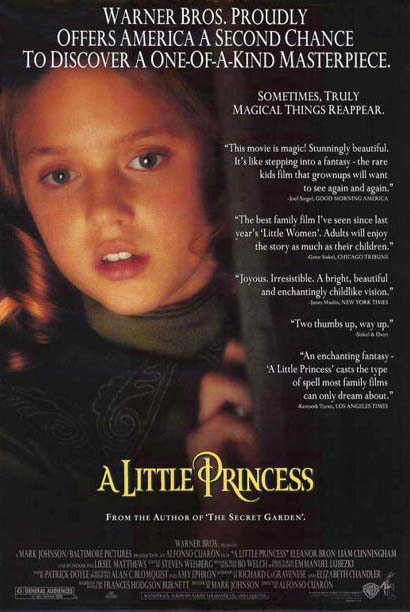
In my lifetime I have seen a lot of movies and the one that I recommend more often than any other is the 1995 film A LITTLE PRINCESS. As I write this article, the movie boasts an incredible 97% fresh rating on Rotten Tomatoes, which in itself beckons the question, “Why is it that so few people seem to have seen it?” Theatrically it made only a little over ten million dollars and even its two Oscar nominations couldn’t get people out to the video rental houses (Remember those…) to rent it. Many people blamed the film’s marketing team and you only need to look at the film’s cartoonish-looking poster of two girls dancing (a scene that isn’t even in the film) to understand why serious film lovers may have been turned off. In an article by the Los Angeles Times, the film’s producer Mark Johnson (RAINMAN, GOOD MORNING VIETNAM, GALAXY QUEST) was quoted as calling the original advertising “Atrocious,” and Warner Bros publicity president Robert Friedman told Entertainment Weekly that he blamed the problems of the initial release on “marketing gaffes such as releasing the film in early summer when fall or Christmas might have been better; aiming it at too young an audience; and making the posters look too girlish.” The studio eventually recognized that the film deserved a second chance and decided to re-release it later the same year with a whole new and more serious ad campaign, but upon doing so, only released it in a minuscule 49 theaters. Unfortunately, it was not enough and maybe just a little too late for people to care.
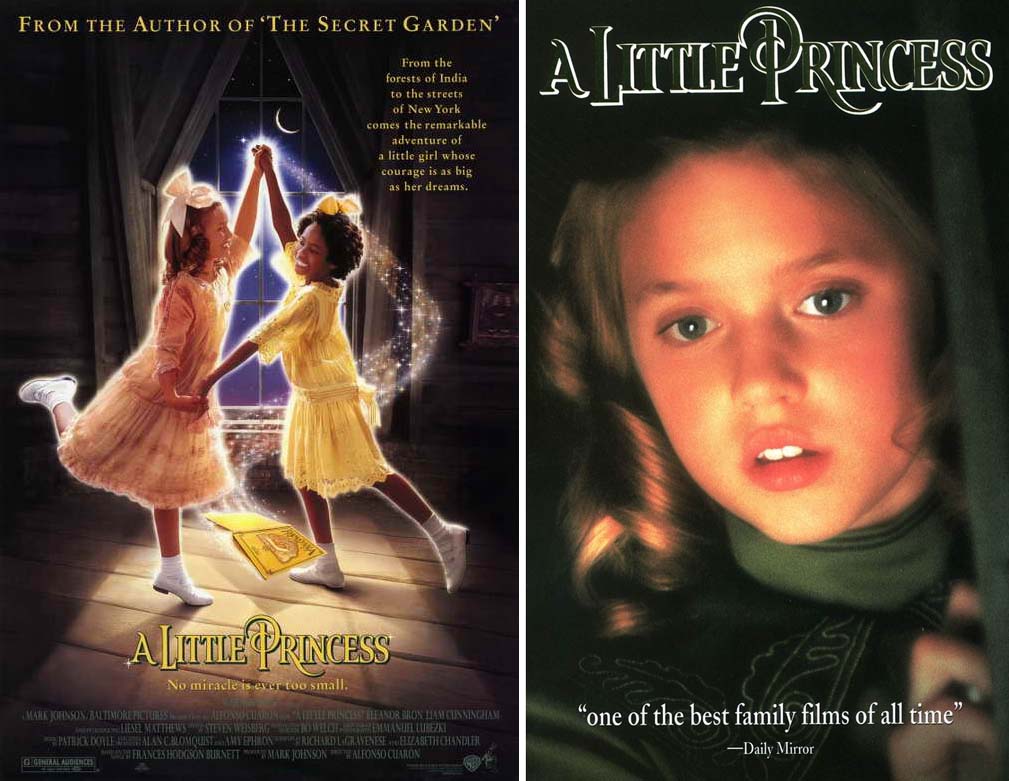
The 1995 version of A LITTLE PRINCESS is one of three big-screen adaptations of Frances Hodgson Burnett’s (“The Secret Garden”) book. The first came out in 1917 as a silent film starring Mary Pickford and the second was released in 1939 starring Shirley Temple. The 1995 release introduced us to Liesel Matthews as the film’s lead, Sarah Crewe, and was the American directorial debut of a filmmaker who would become a two-time Oscar-winning director for his work on both GRAVITY and ROMA, Alfonso Cuarón.
The movie tells the story of Sarah Crewe (Liesel Matthews), a 10-year-old girl who has been raised by her widowed father (Liam Cunningham) in India. When World War I breaks out and Sarah’s father is called to active duty, he decides to leave her at the same posh New York girls school that her late mother attended as a child. The school is run by a cold-hearted and strict headmistress named Miss Minchin (Eleanor Bron) who shows her manipulative side as she can’t help but fawn over Sarah’s father’s wealth. When news arrives that Capt. Crewe has been killed in action and all of his riches have been seized by the government, Miss Minchin’s true colors reveal themselves as she has an immediate change of heart in regards to her treatment of Sarah. “You’re not a princess any longer,” Miss Minchin informs Sarah before confiscating all of her belongings, banishing her to live in the cold, dank attic and forcing her to perform daily chores alongside Becky, a little black servant girl who is ignored by everyone.
Honestly, A LITTLE PRINCESS is a movie that caught me completely by surprise. The story is a complex and magical tale that will capture the hearts of adults and kids alike and it’s no surprise that its relatively new director would later go on to create such amazing films as CHILDREN OF MEN and GRAVITY. Cuarón, along with writers Richard LaGravenese (THE FISHER KING and UNSTRUNG HEROES) & Elizabeth Chandler (THE SISTERHOOD OF THE TRAVELING PANTS) have created something special with a script that stays true to the heart of the story by paying specific attention to the creation of strong, multidimensional characters for the viewer to truly care about.
The amazing cinematography by future three-time Oscar winner Emmanuel Lubezki mixed with an incredible production design by Oscar Nominee Bo Welch helps create the mostly magical, but sometimes somber tones throughout the film. From the look of the fantastical stories that Sarah tells the other girls and the beautiful design of Minchin’s school to the depressing feel of the war scenes showcasing Capt Crewe’s time in battle and the run-down attic that Sarah and Becky are forced to live in, the world that the audience is introduced to is fully realized and even with its occasional fairy tale tone, feels emotionally honest and real. Add to the mix an enchanting score by Patrick Doyle and the overall feel of the movie is one of magic and fantasy without losing the emotions of the real world.
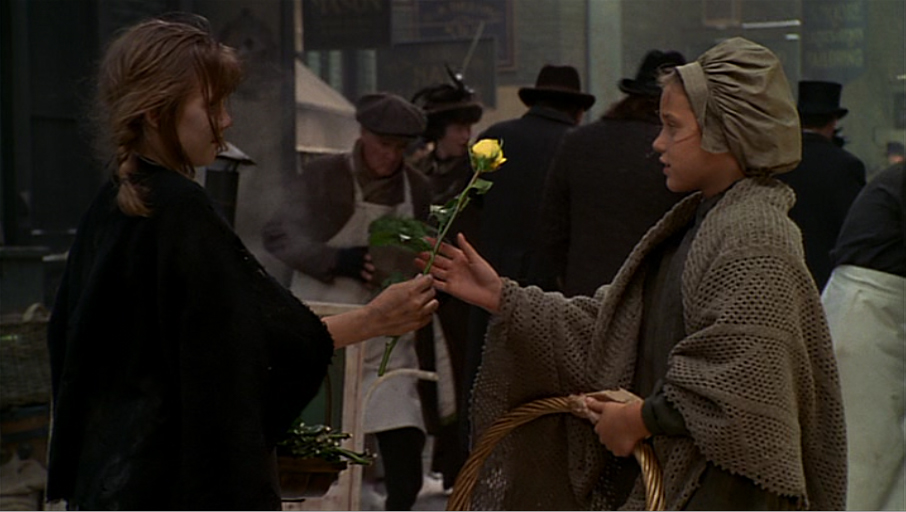
Ultimately, A LITTLE PRINCESS is a story that emphasizes ideas of self-respect as well as the importance of one’s imagination. Its power comes from the fact that it takes the children in the film as seriously as it does the adults. The heart of the story comes from the 10-year-old character of Sarah Crewe. She is a child who doesn’t really fit into the environment of a strict boarding school like the one run by Miss Minchin. She is someone who lives to dream and tries to always see the joy in life. Her imagination comes from her time spent in India where she loved telling stories. One night while the girls are gathered together to read a book aloud, Sarah doesn’t like where the story is heading and when it becomes her turn to read she decides to make up her own ending. When the confused Miss Minchin asks her what she is doing, she responds, “I couldn’t bear to see Charlotte marry that awful man, so I imagined a different ending.” Sarah lives to see the positive side of life and most of the other children love her for it and they eventually begin to sneak off to Sarah’s room at night to hear more of her stories. Liesel Matthews (an actress who went on to have an acting career of only 3 movies) makes her big-screen debut in the film. Her performance is first-rate as she evokes an honest enthusiasm for life into the character while also effectively playing the flip side when Sarah’s world is turned upside down and she literally loses everything, causing her to experience feelings of hopelessness for the first time.
As the villain in the film, Miss Minchin, played by the underrated actress Eleanor Bron, is both manipulative and cold. At one point she tells Sarah, “If you fail to meet the standards of this institution you will be expelled. The streets of this city are not kind to homeless orphans.” What makes Miss Minchin such a great antagonist is that there is a lot more to her than we first perceive. She is given subtle moments that hint at an underlying reason for her strict attitude and even though we know Miss Minchin is a bad person, Bron adds just the right bit of humanity to her performance to helps us realize that she still has genuine feelings deep down. The perfect example of this is when Sarah questions her regarding whether or not her father ever told her she was a princess. Miss Minchin responds in anger by threatening to throw Sarah out into the streets before storming out of the attic. But the scene doesn’t end there. It continues into the stairway with Miss Minchin, alone, somberly wiping a tear from her cheek allowing us to be witness to a vulnerability that she would never show to anybody.
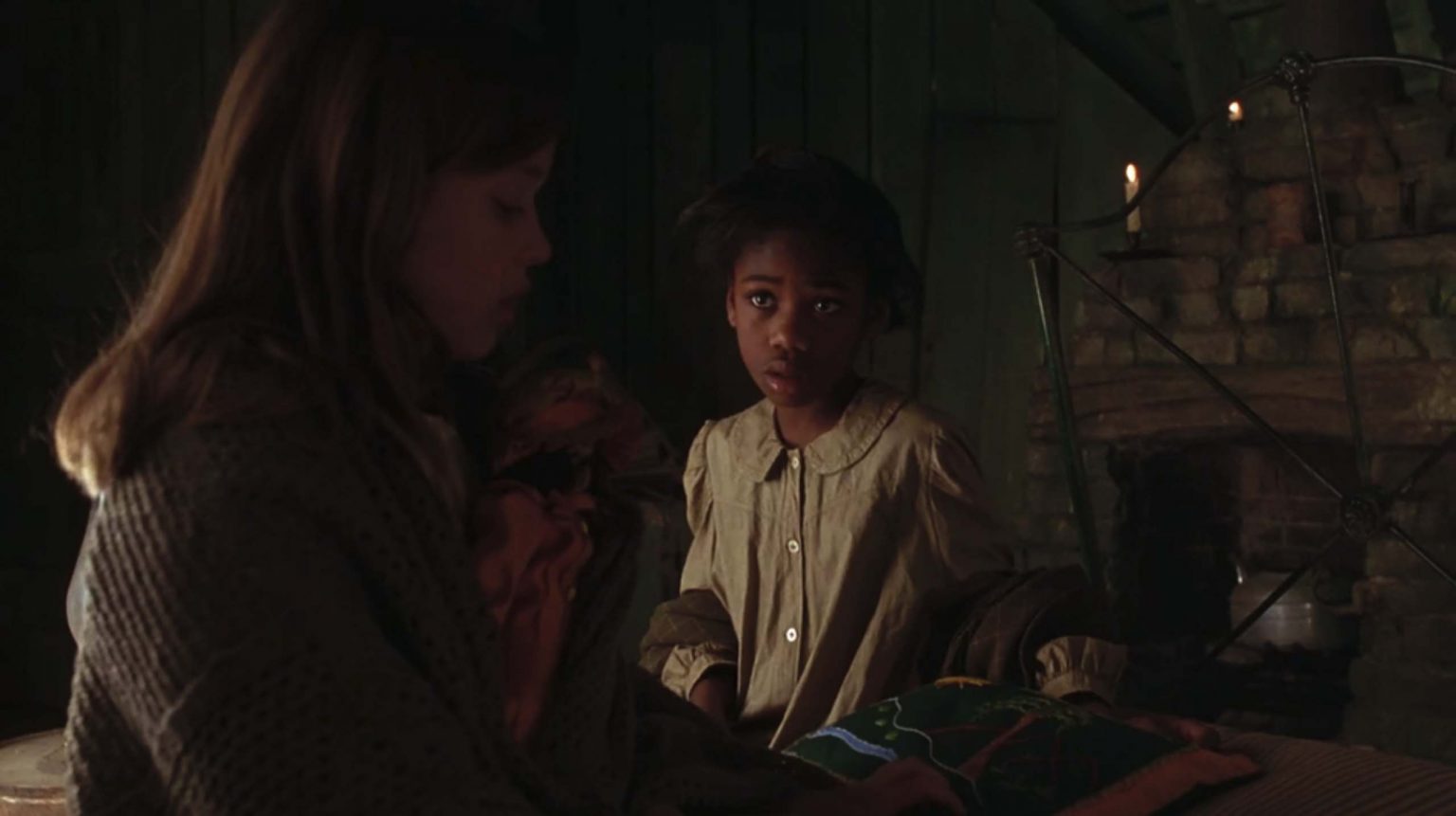
The script also does a great job in developing the supporting cast of characters as well as everyone seems to have their own little stories to tell. Amelia Minchin, Miss Minchin’s sister, a role that could have very easily been a throwaway part, is made into so much more with just the small addition of a romance between Amelia and the Milkman. The little servant girl Becky (Vanessa Chester) leads a hard life and when we first meet her, she is emotionally beaten down and must take breaks from her work just to ice her swollen feet. Secretly eavesdropping on Sarah’s stories, she tells Sarah she needs their magic to help her get through the hard days. It’s no surprise that when all seems lost for Sarah, it is Becky who becomes her best friend and ultimately helps to draw Sarah out of the shell she begins to hide in. Then there is Lavinia’s (Taylor Fry) a fellow student who is also presented as a secondary villain. She lords over the other kids as a bully. The first time we see her she is dipping another girl’s hair in ink. As the film goes on, we grow to learn that her actions come from her own insecurities, giving her one of the more interesting arcs in the film and the final moment between Sarah and Lavinia is effectively unexpected. This final moment may show off the most intelligent writing in the piece.
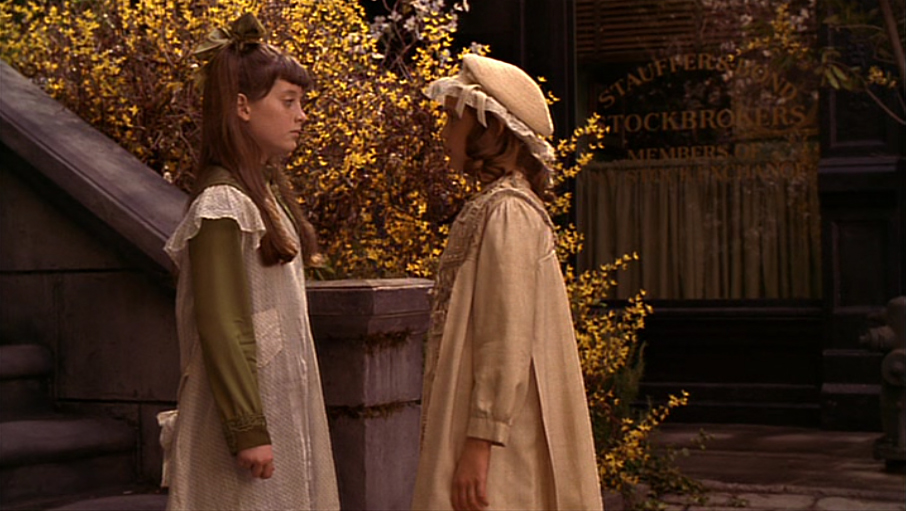
A LITTLE PRINCESS is a wonderfully heartfelt viewing experience that will work its magic on viewers of all ages. Alfonso Cuarón is a director who has gone on to make so many great films over the course of his career, but in all honesty, I would have to say that his version of A LITTLE PRINCESS may be my favorite. But, it is not only my favorite of Cuarón’s films. I am beginning to realize that it may also be one of my favorite films of all time.
Watch A LITTLE PRINCESS
You May Also Like
